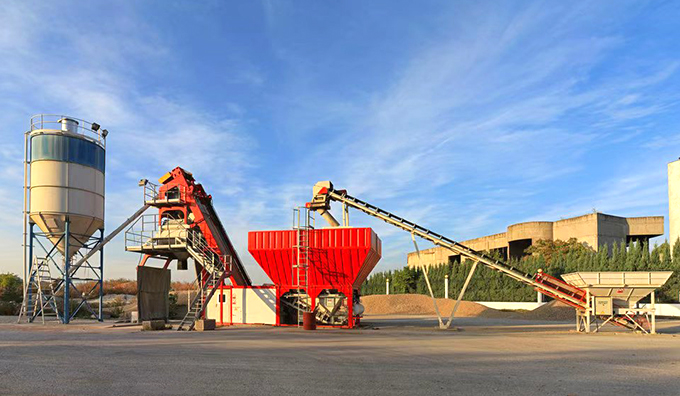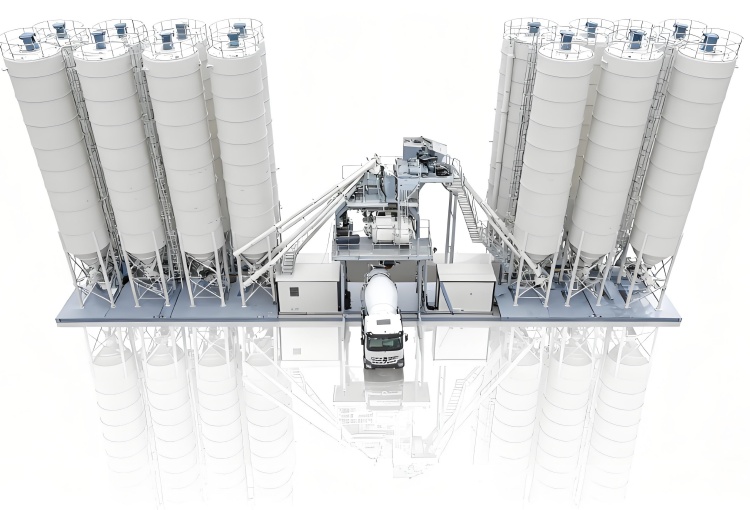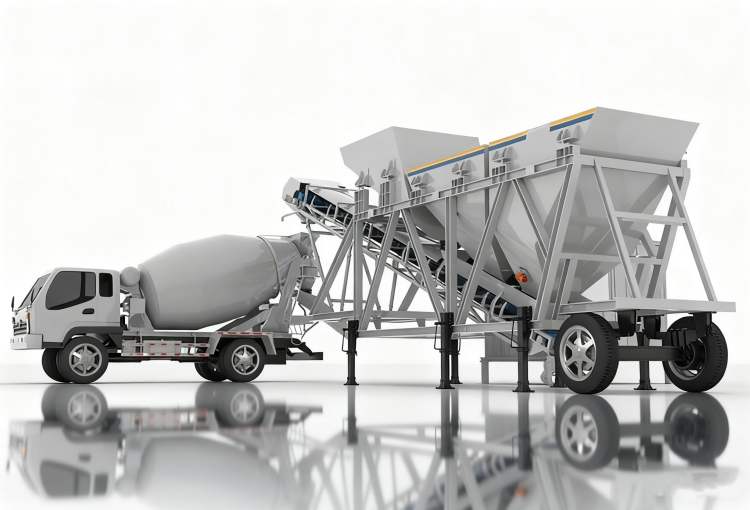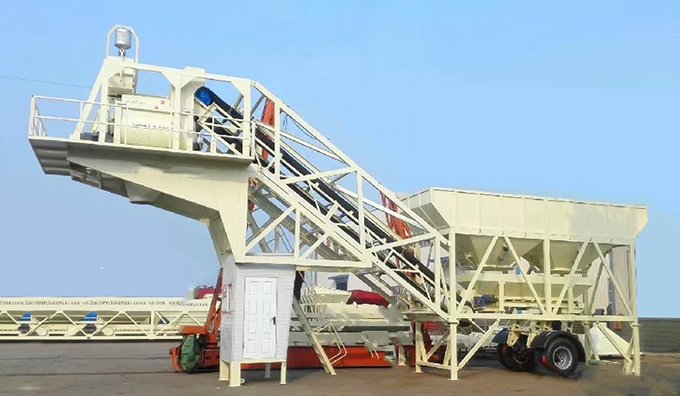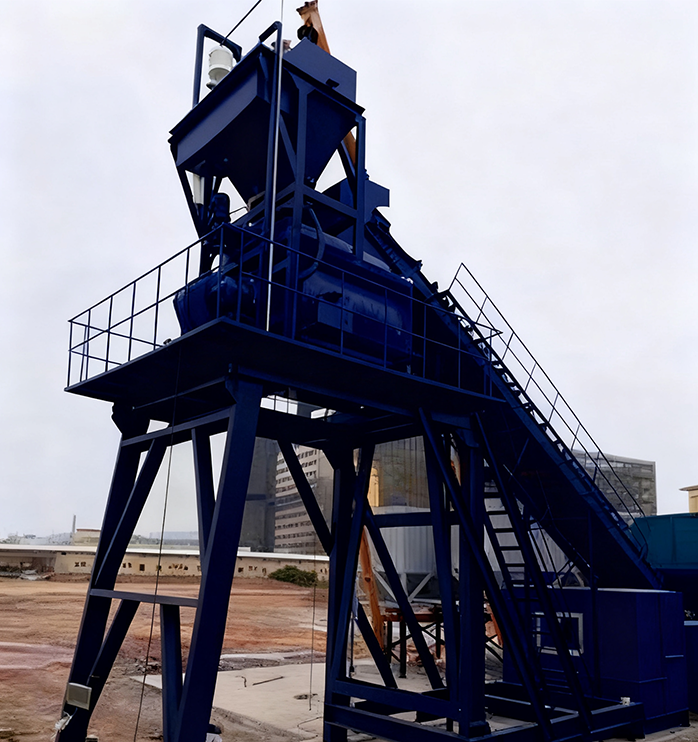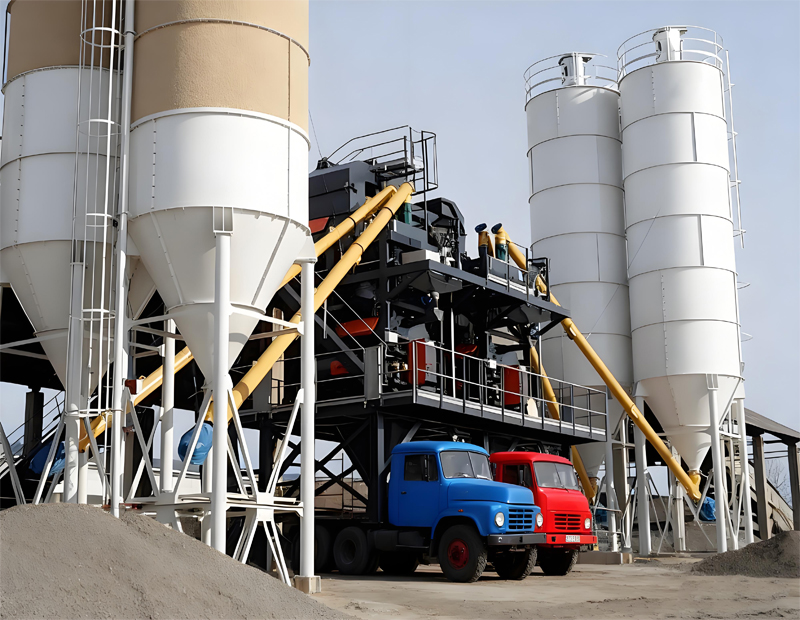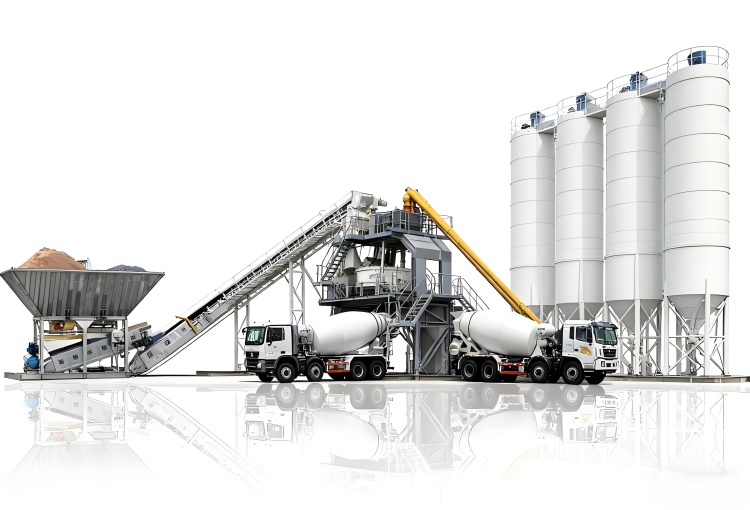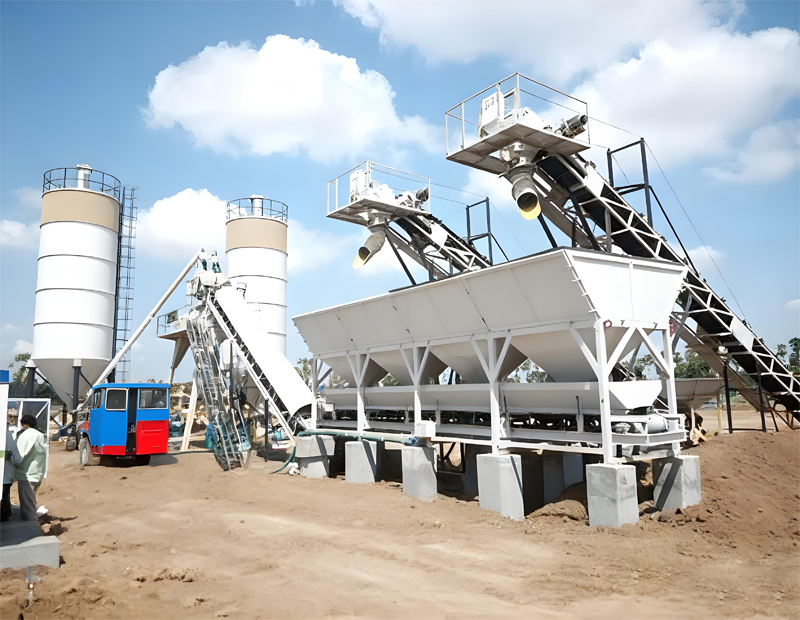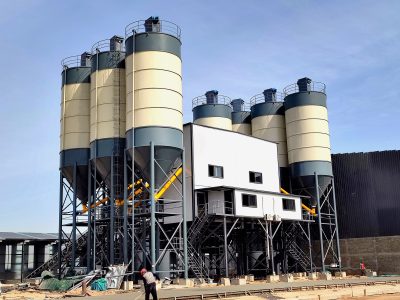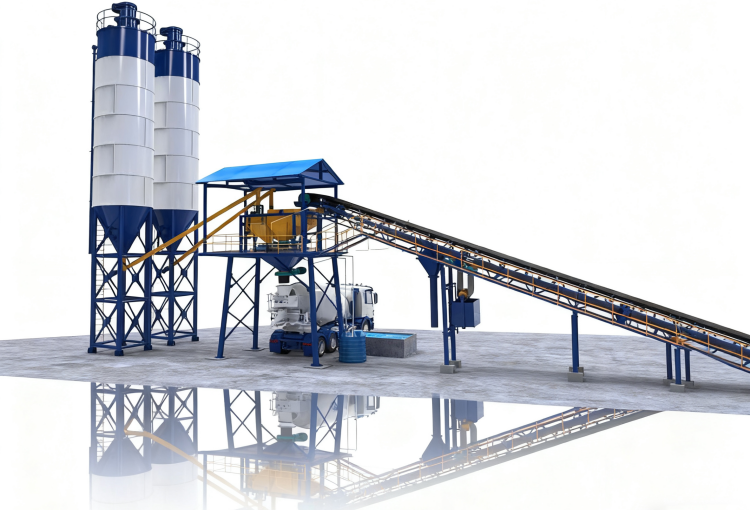The construction world is witnessing a major transformation. Traditional fixed Concrete Batching Plants are steadily giving way to modular concrete batching systems, designed for flexibility, speed, and efficiency. The shift reflects the industry’s demand for adaptability, especially in projects where time-to-setup and mobility matter as much as production capacity.
Today, engineers, contractors, and plant operators are no longer satisfied with stationary setups that require complex installation and high maintenance. Instead, modular and mobile concrete batching plants are becoming the new standard for global construction operations, offering unmatched flexibility without compromising quality or accuracy.
Interestingly, this evolution is not merely technological—it’s strategic. Businesses adopting modular systems are experiencing measurable gains in production efficiency, labor optimization, and total cost of ownership reduction.
1. Understanding the Shift: Why Modular Batching Plants Are Rising
The global concrete industry faces increasing pressure from urban expansion, environmental regulations, and cost competition. Fixed stationary concrete batching plants, while reliable, often struggle to meet the fast-paced requirements of modern infrastructure projects.
1.1 The Need for Agility
Contractors handling multi-site projects often waste time and resources dismantling and reinstalling traditional batching setups. The modular approach eliminates this friction. For instance, a precast concrete batching plant can be transported and reassembled within days rather than weeks, dramatically reducing project downtime.
1.2 The Cost Factor
The total concrete batching plant cost includes not only equipment but also installation, maintenance, and operational downtime. Modular systems, particularly dry concrete batching plants and volumetric concrete batching plants, are reducing total lifecycle costs by up to 30% through simplified logistics and lower civil work requirements.
1.3 Environmental Efficiency
Sustainability is now a key procurement criterion. Dry mix mortar plants and modular batching plants use cleaner technologies with better dust collection, optimized material flow, and reduced water usage—making them compliant with emerging global environmental standards.
2. Technical Insights: How Modular Systems Work
Modular batching systems reimagine the traditional batching concept. Each module—aggregate feeding, mixing, control, and discharge—is pre-engineered for quick assembly and scalability.
2.1 Modular Architecture
In a mobile concrete batching plant, modules are designed with plug-and-play components. Aggregates are preloaded in separate bins, and the concrete batching plant control panel integrates IoT-based software for precision weighing and monitoring.
For example, when using a ready mix concrete plant, modules can be configured according to project needs—ranging from compact layouts for urban projects to large setups for infrastructure and energy developments.
2.2 Automation and Smart Control
Modern modular systems rely heavily on automation. Concrete batch plant software manages the entire production process, ensuring consistency in mix design and accuracy in batching. Sensors and cloud-based analytics provide real-time feedback to improve efficiency and minimize human error.
In fact, automation has become a critical differentiator in project profitability. Studies show that automated batching systems can increase output by 15–20% while reducing cement waste by 5–8%.
3. Problem Analysis: Challenges of Fixed Batching Systems
Despite their durability, fixed stationary concrete batching plants have several inherent limitations.
3.1 Installation and Relocation Delays
A stationary setup demands concrete foundations, heavy lifting equipment, and extended installation times. This inflexibility causes schedule delays in multi-location projects.
3.2 Maintenance Complexity
Older systems depend on manual calibration and analog controls. Without digital monitoring, it becomes difficult to maintain mix precision or detect wear-and-tear early.
3.3 Cost and Energy Inefficiency
Fixed plants consume more power and require more frequent maintenance, driving up both concrete mixing plant cost and operational overhead. Energy consumption can be up to 20% higher than modular alternatives.
4. Practical Solutions: Implementing Modular Concrete Systems
This section provides practical, step-by-step guidance for companies considering the switch to modular setups.
Step 1: Assess Current Needs and Output Goals
Begin by evaluating current production capacity and target project types. If your projects involve frequent relocation or custom mix requirements, a modular concrete batching plant is likely a superior fit.
Step 2: Choose the Right Configuration
Select a plant based on production scale and material flow:
-
Precast concrete batching plant – ideal for precast element production lines.
-
Dry concrete batching plant – suited for large-scale transport-based delivery.
-
Mobile concrete batching plant mini – perfect for small or remote projects.
-
Grout batching plant – optimized for specialized applications like tunnels and foundations.
Step 3: Integrate Automation
Adopt concrete batching plant software and modern control systems. A cloud-connected control panel allows monitoring from any location, supporting predictive maintenance and performance optimization.
Step 4: Layout Optimization
Proper layout design maximizes material flow and minimizes cycle time. Reference concrete batching plant layout drawing pdf resources or consult with concrete batching plant manufacturers in China to achieve optimal equipment alignment.
5. Quantifying the Impact: ROI and Efficiency Gains
5.1 Setup and Mobility
A modular setup can reduce installation time by 60–70%. Projects requiring relocation benefit the most—what once took three weeks now takes less than a week.
5.2 Maintenance and Calibration
With digital tools like concrete batching plant calibration systems, downtime drops by nearly 40%. Operators can track component wear through predictive algorithms, avoiding costly breakdowns.
5.3 Cost and Sustainability Metrics
| Category |
Fixed System |
Modular System |
Efficiency Gain |
| Installation Time |
21 days |
7 days |
66% |
| Energy Consumption |
100% |
80% |
20% |
| Maintenance Cost |
$50,000/year |
$32,000/year |
36% |
| Waste Reduction |
Baseline |
-8% Cement Waste |
– |
Notably, these gains compound annually, leading to significant total cost savings and higher ROI.
6. Real-World Application: From Urban Projects to Infrastructure Giants
Urban Construction
Compact ready mix concrete plants are deployed in city centers with space constraints. Modular systems reduce noise, improve dust control, and ensure rapid mobility once the project phase ends.
Infrastructure and Energy Projects
Large stationary concrete batching plants still play a role in mega projects like highways or dams, but modular hybrid setups—integrating stationary and mobile modules—provide the best of both worlds: stability and adaptability.
Global Manufacturing and Supply
Top concrete batching plant manufacturers are now focusing on modular innovations. For instance, leading manufacturers in China are exporting pre-assembled systems that reduce setup time and comply with EU safety and environmental standards.
7. Long-Term Optimization Strategies
-
Digital Twin Integration – Build digital replicas of batching systems to simulate performance and predict maintenance.
-
IoT and Data Analytics – Use cloud monitoring to optimize mix proportions and predict material demand.
-
Energy Recovery Systems – Recycle heat and reuse wash water to minimize waste.
-
Operator Training – Equip staff with the skills to operate both mobile and stationary concrete batching plants efficiently.
-
Lifecycle Planning – Regularly update concrete batching plant layout and process diagrams for better throughput and safety compliance.
8. Conclusion: Building the Future of Concrete Production
The global shift from fixed to modular Concrete Batching Plants is more than a technological trend—it’s a strategic advantage. Companies adopting modular systems enjoy measurable improvements in agility, cost efficiency, and sustainability.
As the industry continues to evolve, those who invest early in modular, automated, and data-driven batching systems will lead the next era of concrete production—one that’s not only faster but smarter and greener.

